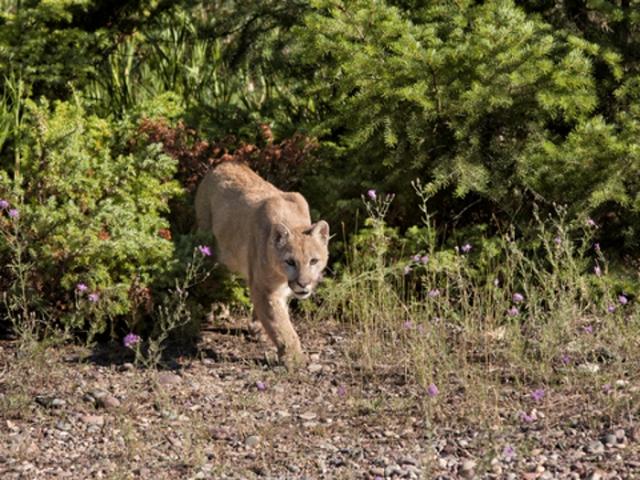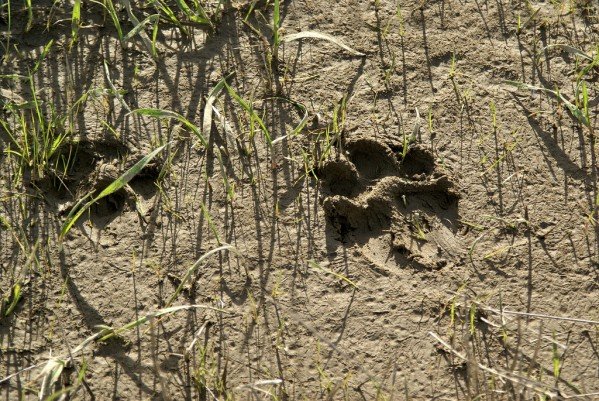A few years back, we had somewhat of a concerning post on social media made by someone who claimed there was a mountain lion on a popular trail in the area. After quite a scare, the photos of the tracks she posted turned out to be those of a very large dog. An 11 year old student of ours identified it. There is a big difference between cat tracks and dog tracks and here are some tips.
Cougars (mountain lions) have been spotted all over California including city neighborhoods. They are generally feared because of their reputation for swift, stealthy attacks on their prey. But although sightings have become more frequent, there have only been 15 attacks in the last thirty years resulting in only three deaths. One of those non-fatal attacks happened a few miles from my house which created a bit of uneasiness for folks who hike our many trails.
One of the easiest ways to tell the difference between a dog and a cat track is that dog track will almost always reveal claw marks. Next time you’re out walking a trail, look down and you’ll see claw marks on practically every animal track. Canines (dogs, wolves, coyotes and foxes) have an oval shape and are usually longer than they are wide. Members of the cat family (cougars, bobcats and domestic cats), have more of a round shape to them.
Aside from the biggest indicator (claw marks), the size of the rear pad on a cat is quite a bit larger than the canine. The signature three-lobe rear pad looks like an M, while the canine has a smaller triangular shaped rear pad that only shows two lobes (the third is up higher on the pad). The toes on a canine are usually closer together and more uniform than the cat.
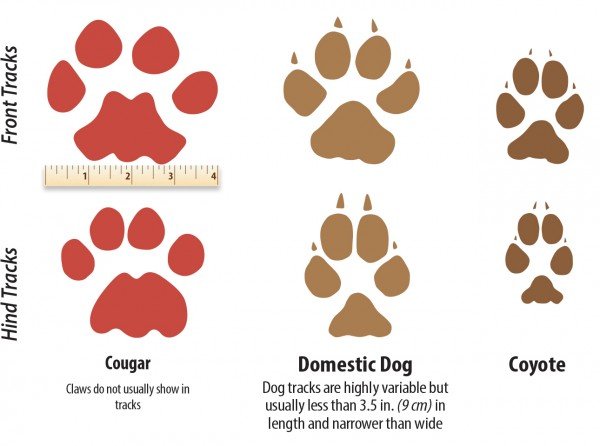
When we teach the difference between cat and canine tracks to our students, the one thing they remember most is that in a canine track you can draw an X through the track without hitting the pad. If you look at most canine tracks you can see this X clearly in mud or soft soil. On a cat, this does not work but you can draw a C between the pads. Kids especially seem to remember this and it almost always works for identification.
One other thing to think about when distinguishing between the two is that the cat track usually shows a leading toe. Think of the fingers on your hand and how the middle finger is longer than the rest. On a cat, the toe that sticks out farthest on the track is the leading toe. On a canine track, both front toes are side-by-side.
I have heard many stories of people discontinuing their hike after someone in the group freaks out over what they thought was a cat track (or a bear track for that matter). There are large dogs and sometimes large tracks signal fear for hikers. With wolves not being a concern here in California and cougar sightings rare at best, you can almost always rule out the latter with a little bit of knowledge about tracks—unfortunately you won’t have any good PTA meeting stories though.
For more visit WesternWildlife.org
Mountain lions
-
Mountain Lions

-
Mountain Lions
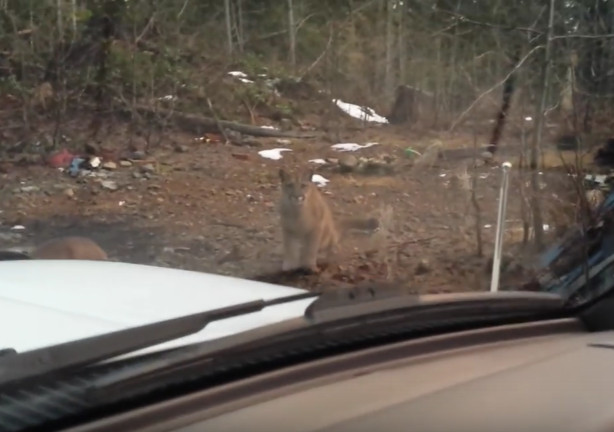
-
Mountain Lions
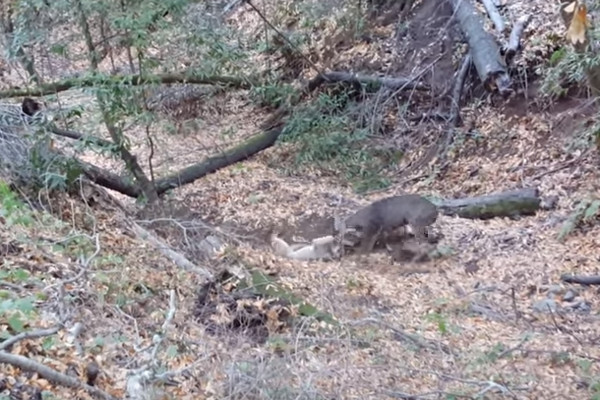
-
Mountain Lions
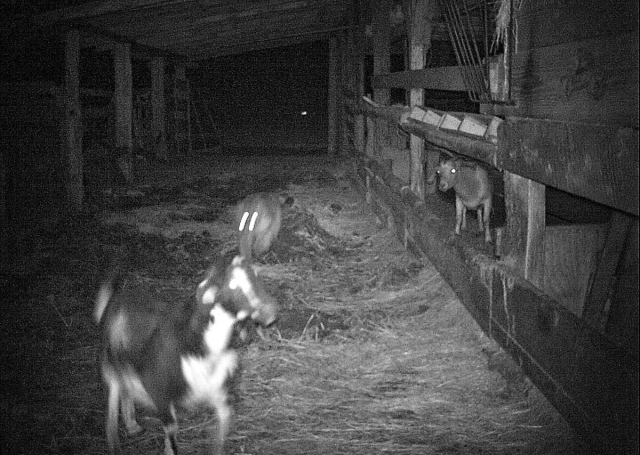
-
Cougar Leaping
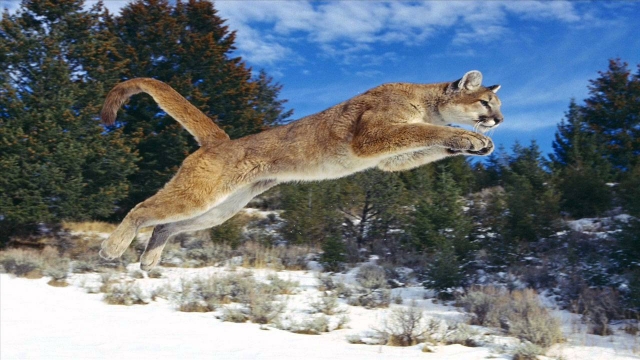
-
Mountain Lions

-
Mountain Lions

-
Mountain Lions
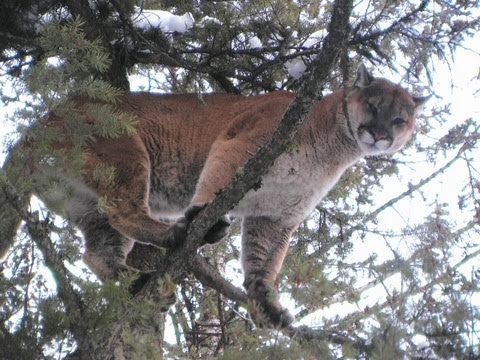
-
Mountain Lions
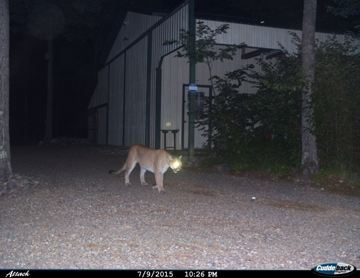
-
Mountain Lions

-
Mountain Lions
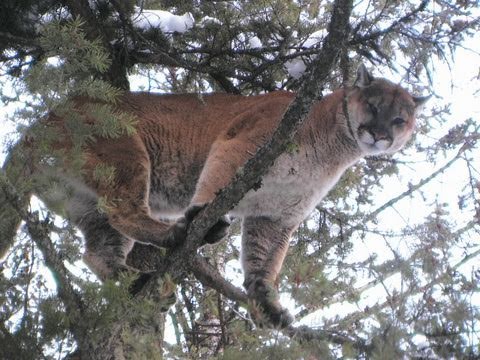
-
Mountain Lions
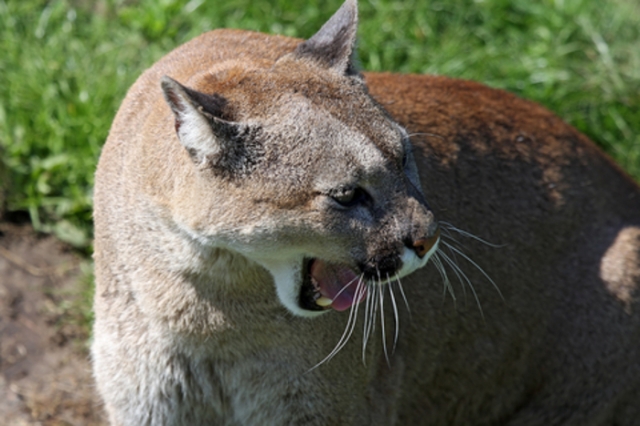
-
Mountain Lions
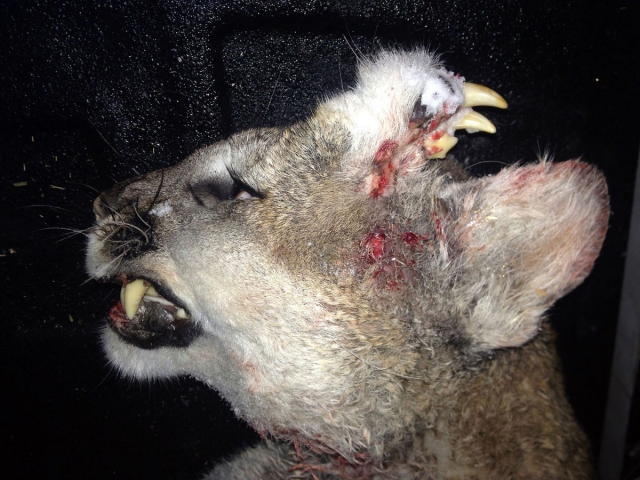
-
Mountain Lions
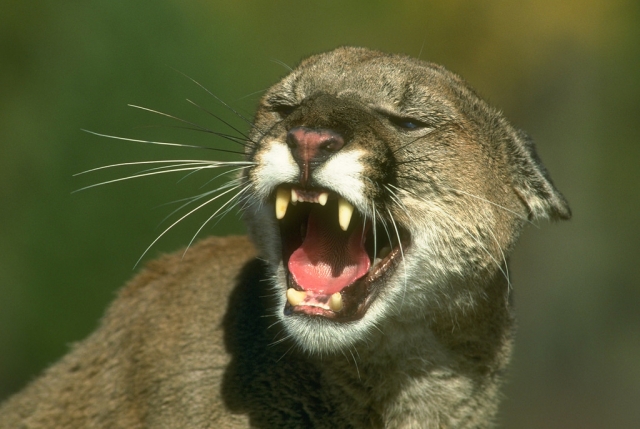
-
Mountain Lions
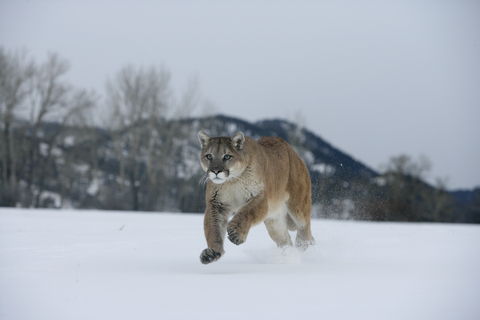
-
Mountain Lions
